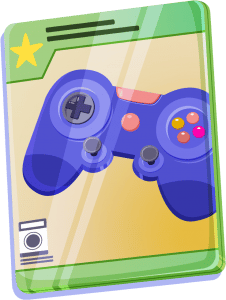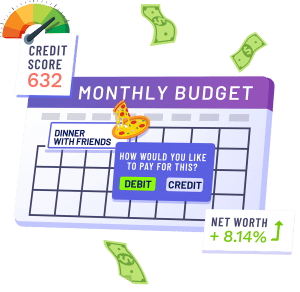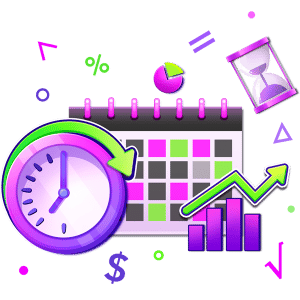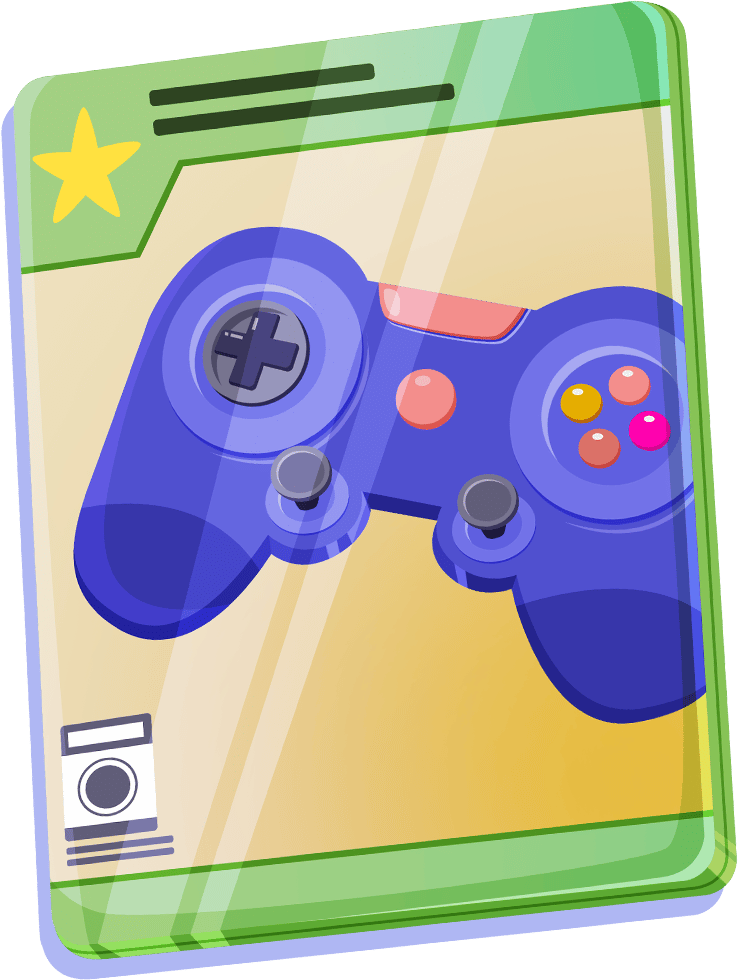Gamification has been a buzzword in education for over a decade. Teachers now have access to more games for the classroom than ever, with a dizzying array of options to fill a limited number of weeks in the classroom.
To try to help teachers pick out the best possible options for your students, we want to lay out some of the core concepts of what gamification is, why it works in education, and some best practices for classroom implementation.
What Makes a Game?
Games have a formal definition, but that is boring, so let’s skip it. Instead, what really matters for gamification in the classroom is that a “game” consists of some goal the “players” are encouraged to achieve, and there are rules in place. Players start by learning the basics of the rules, then using those rules to reach the game’s objective.
A good game makes the person playing it feel clever when they succeed – hit that nice dopamine rush and build some excitement. This is the secret of why games work in education: this chemical reaction in the brain reinforces what worked, and helps students remember it later.

Okay, But What Makes A GOOD Educational Game?
People learn far more from their successes than their failures. A good game in education leverages that fact to hack the dopamine rush from games to crystalize important class concepts. This is the real tricky part for schools though; just because a game is FUN does not mean it is GOOD for use in the classroom.
Bind The Rules to Concepts
For a game to be effective in the classroom, the rules of the game need to be intricately wound around the important class concepts. This means that a student will not be able to understand what is happening in the game (let alone succeed) unless they have the class concepts mastered.
Here’s an example: “The Game of Life” by Hasbro is one of the most popular board games, and on paper it should cover most of the bases of what you want to talk about in a Personal Finance class. There are careers, retirement, family planning, cash transactions, and can be a lot of fun. But the Game of Life is really a poor game to use to actually teach personal finance concepts.
The actual gameplay does not require students to really know what is going on. Sure, they might have to make a payment towards a loan, but that does nothing to help understand how loans work (or when they are a good vs bad idea). Yes, there is money changing hands, but the winner is just who collects the most money by the end of the game. There is not really a “right” or “wrong” way to play, so students only get that sweet, sweet dopamine rush purely by chance, so nothing from the learning process is reinforced. This can be contrasted with PersonalFinanceLab’s Budget Game, where one of the key component’s of a student’s overall game score is their credit score. It is not possible for a student to improve that without fundamentally knowing what a credit score is, how their credit card works, and how to use it responsibly.

With that said, the Game of Life might be a good opportunity to add some financial terms into the vocabulary of kids, just not an effective tool to really teach financial literacy.
Have Many Opportunities For Small Wins
A good educational game makes sure students have a lot of “baby steps” from start to finish. Remember – the real crystallization of the knowledge we want students to walk away with happens when they use the rules of the game to have some success, so having many opportunities of small, meaningful wins along the way is crucial.
We can use the Game of Life as another example here. The totality of the player’s finishing position of the game is based on how much cash they have at the very end. The game is also set up to have plenty of events happen throughout the game that can instantly boost players who may be lagging or knock the current leader off the top spot. This is what makes the game more fun and exciting for students to play – if the winner was clear by the ½ way point, it becomes boring for the other players. But for use in education, it means there is no real small win – either they win it all, or they win nothing. Even the “positive” events in the game lose their potency when they can be erased by bad luck on the next spin of the wheel.
In our budgeting game, we take the opposite approach. The biggest component of the total score a student receives comes from setting and hitting savings goals every “month” of the game. Those points build up over the course of the game, and students maximize their monthly gain by following a basic “Pay Yourself First” mentality (save at least 10% of their total income). This gives an opportunity for a “small win” on a regular basis by putting into practice a core concept of what we are trying to teach.
Related – Watch our Webinar About Gamifying Your Classroom
Short Term vs Long Term Games
Okay, so now we know what makes a game work for education. But what about time frame?
Short Term, or Mini-Games
Short games are the easiest to implement – usually taking one class period or less. We consider these to be “Mini-Games”. The most basic (and least fun) would be a pop quiz, but this can be a far more involved exercise. All of the games provided by NextGen Personal Finance’s Arcade fall into this category, and here at PersonalFinanceLab we have some of our own mini-games embedded into lessons in our curriculum library.
Short games can be very effective at highlighting one specific class concept and giving students a more memorable experience to help recall that concept later. But beware of short games with high ambitions – there is only so much that students can take away from a 20 minute activity.

Long-Term Games
Long-Term Games, by definition, cannot be completed in a single class period. We think of these games as an embedded part of the class itself, helping to underpin concepts by having students revisit over several weeks (or even months). Long-term games usually do require a class period to “launch”, but then students revisit on the side later throughout the class. These types of games work much better when the “rules” of the game are set up to really reflect what the student should be taking away from the core class concepts, and they can continue to improve their game performance by leveraging their better understanding of the “rules” as time goes on.
Short vs Long Term Games – An Example
In the NextGen Arcade I linked to earlier, one of their popular games is called Stax. Stax is an investing mini-game where students allocate money over a 20-year period across different types of investments. This is an educational game designed to be used as part of one class period during an Investments unit.
A student who plays the Stax game is going to be more likely to remember the difference between the rate of return of a bond and a stock index than a student who did not – a short, specific lesson that is easy to digest.
This contrasts with the PersonalFinanceLab Stock Game, which is a long-term game where students build their portfolio of real stocks, bonds, mutual funds, and more (depending on how a teacher sets up their class). This is designed for students to build and manage their portfolio over the course of several weeks, conduct research on their investments, and see how real-world news impacts their portfolio over time. By leveraging this long-term game, students not only learn about the difference between the security types, but will remember years from now the day when their portfolio suddenly spiked (or dropped) by 10%. Not only that, but they also have the opportunity to explore they “why” of how events in the real world intertwine to impact the health of their portfolio. Teachers can even set up their class to automatically deposit cash into student’s accounts every week that needs to be re-invested, like an accelerated version of building an IRA in the real world.
At PersonalFinanceLab, we advocate teachers use long-term games whenever possible – our recommended personal finance course outlines (available for 18-week semester, 9-week quarter, and 3-week enrichment classes) to leverage the repetition, small wins over a longer time, and constant reinforcement of core concepts. That does not mean teachers should avoid mini-games (they are absolutely fantastic resource), but leveraging the longer term whenever possible will get the best long-term impact for student outcomes.
Related – Watch our webinar about long-term games in the classroom
Get In Touch
Have any thoughts or comments on this article? Join our Teacher Group on Facebook to join the conversation!
About The Author
Kevin Smith is the Director of Product Development for PersonalFinanceLab. He has an academic background in economics and game theory, with a Master’s of Economics from Concordia University in Montreal, Quebec, and a join Master of Public Policy and Administration / MBA from the Stuart School of Business in Chicago, Illinois.
